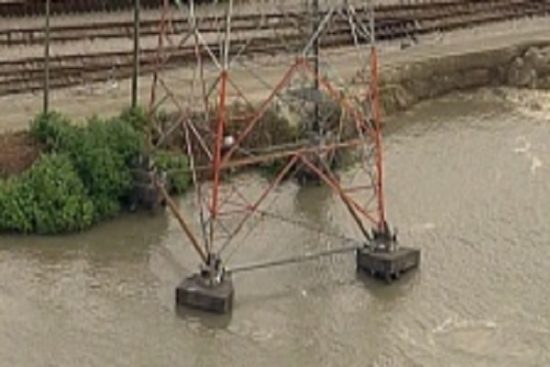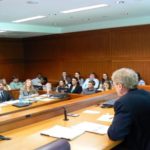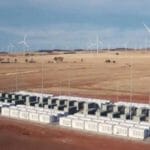- Course No E – 1382
- PDH Units 12.00
No data found for Custom Course Number
No data found for Custom Course Units
- Course No E – 1382
- PDH Units 12.00
Intended Audience: Civil, Environmental, and Electrical engineers
PDH UNITS: 12
Since transmission lines and towers tend to blend into the environment and follow the terrain more than structures such as habitable buildings and paved roads and structures, it may be easier to overlook the environmental impact of transmission lines and towers and the access roads required for maintenance. This course introduces engineers, utilities contractors and BMP maintenance contractors to the best management practices for transmission construction and maintenance activities. Best Management Practices (BMP’s) are practices chosen to minimize erosion and prevent or control sedimentation and contributions of other pollutants from land disturbance and land management activities. If properly applied, BMPs will help protect the quality of surface waters and ground water. This course is based on the publication, A Guide for Environmental Protection and Best Management Practices for Tennessee Valley Authority Transmission Construction and Maintenance Activities. The techniques and methodologies described in this course document are applicable to nearly all transmission tower land areas in the lower 48 United States. Eroded soil, organic debris, heat and chemicals are the principal potential non- point source (NPS) water pollutants from transmission construction and maintenance activities. These NPS pollutants can impose adverse effects on water quality in streams, rivers, wetlands, ponds, lakes, and ground water. Eroded soil is the most prevalent pollutant. Excessive amounts of treetops and slash can cause further damage to streams and wetlands if they are washed in or out by flooding. The major ground disturbing activities associated with transmission construction and maintenance are right-of-way clearing and re-clearing, construction and maintenance of access roads, and site grading for the construction of transmission line structures, substations and communication facilities. This course demonstrates the basic management practices for transmission towers. It includes information on soil protection as well as restoration practices. Educating engineers, agencies and utility contractors on these topics could help protect waterways from unnecessary pollution.
Learning Objectives
At the successful conclusion of this course, you’ll be able to identify and discuss:- Potential Pollutants Resulting from Transmission Construction and Maintenance Activities
- Sediment
- Sensitive Resources
- Wetlands
- Factors Influencing the Soil Erosion Process
- Climate
- Soil Properties
- Topography
- Vegetation
- BMPs for Transmission Construction and Maintenance Activities
- Preconstruction Planning
- Controls
- Construction Site Measures
- Waste Disposal
- Herbicide Use
- Storm Water Discharge Management
- BMP Standards and Specifications
- Barriers
- Silt/Fence Filters
- Dams
- Diversions
- Riprap Usage
- Temporary Stream Crossings
- Water Turnouts
- Soil Stabilization
- Pipe Culverts
- Streamside Management Zone
- Revegetation of Disturbed Lands
- Grading
- Soil Sampling and Testing
- Erosion Control
- Methods of Seeding
- Selection of Plant Materials
- Aesthetic Considerations
- Enhancing Wildlife Habitat
- Appendices including Scientific Names of Plant Species
Once completed, your order and certificate of completion will be available in your profile when you’re logged in to the site.










